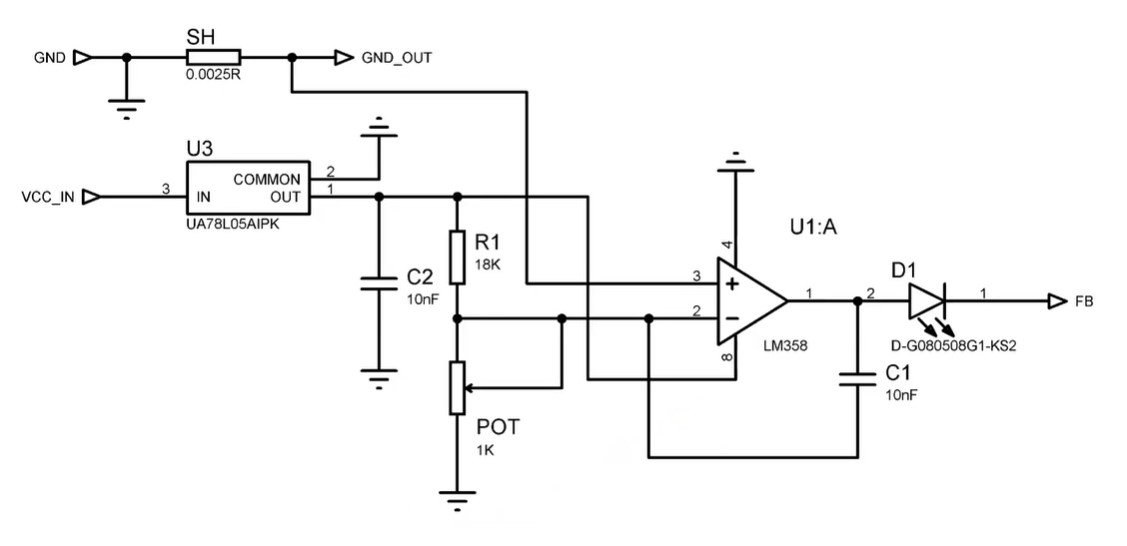
XL4015 Current Control
Project Overview: XL4015 Current Control and Short Circuit Protection Circuit
In this project, we designed and built a Current Control and Short Circuit Protection Circuit for the XL4015 module. The original XL4015 step-down (buck) module lacks built-in current control, making it prone to damage from overloads and short circuits. To address this limitation, our circuit adds a robust layer of protection, ensuring the module operates safely under varying load conditions.
How the Circuit Works
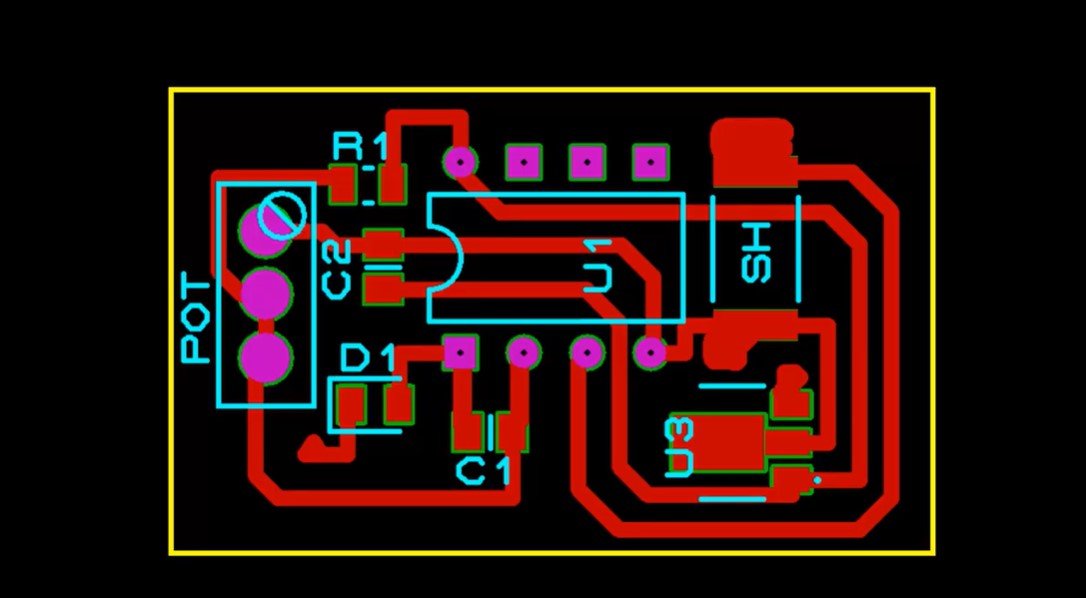

-
Current Sensing with a Shunt Resistor:
- A shunt resistor is connected to the output of the XL4015 module. Specifically, it is placed between the module's ground (GND) and the load ground.
- As current flows through the load, a small voltage drop is generated across the shunt resistor. This voltage is directly proportional to the current flowing through the load (V=I×RV = I \times RV=I×R).
-
Reference Voltage for Current Limiting:
- A fixed reference voltage is created using a 5V voltage regulator. This voltage is then scaled down using a voltage divider circuit.
- The voltage divider includes a potentiometer, allowing the user to adjust the reference voltage. By tuning the potentiometer, the maximum allowable current can be set precisely.
-
Voltage Comparison with an Op-Amp:
- The voltage drop across the shunt resistor is fed to the non-inverting input of an operational amplifier (op-amp).
- The reference voltage is applied to the inverting input of the op-amp.
- The op-amp compares the two voltages:
- If the voltage across the shunt resistor (indicating the load current) is less than the reference voltage, the op-amp output remains off.
- If the shunt voltage exceeds the reference voltage, the op-amp output goes high, signaling an overload or short circuit condition.
-
Feedback to the XL4015:
- The op-amp output is connected to an LED that acts as an indicator and a diode simultaneously.
- The diode connects to the Feedback (FB) pin of the XL4015 IC. When the op-amp output is high, it drives the FB pin to regulate or shut down the output voltage of the module.
- This action limits the current, protecting the module from damage.
-
Adjustable Current Control:
- By adjusting the potentiometer in the voltage divider, the user can set the maximum allowable current.
- This feature enables precise current control, making the circuit versatile for various applications.
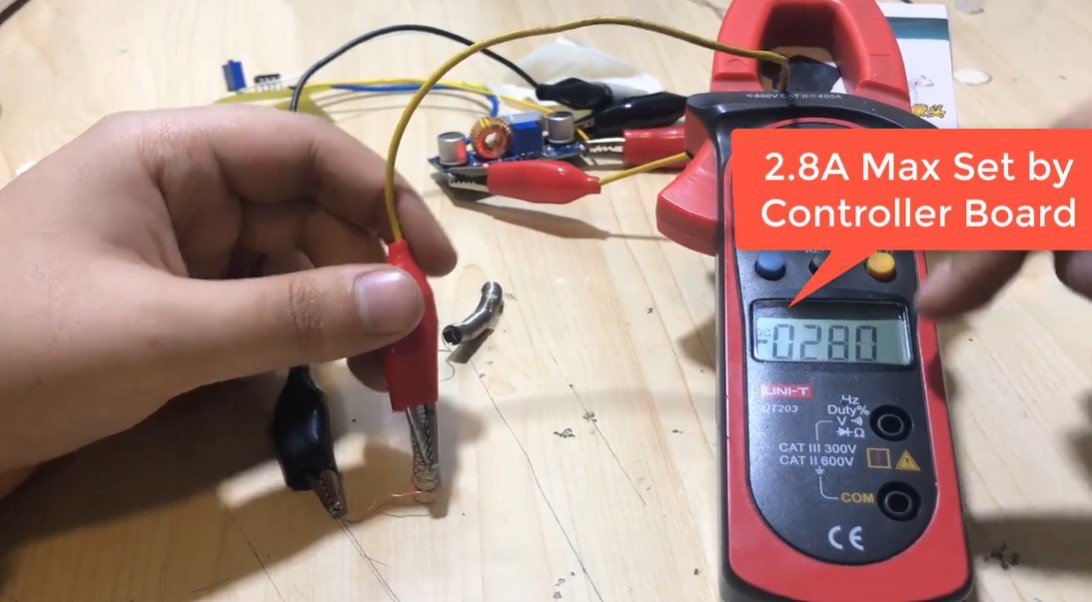
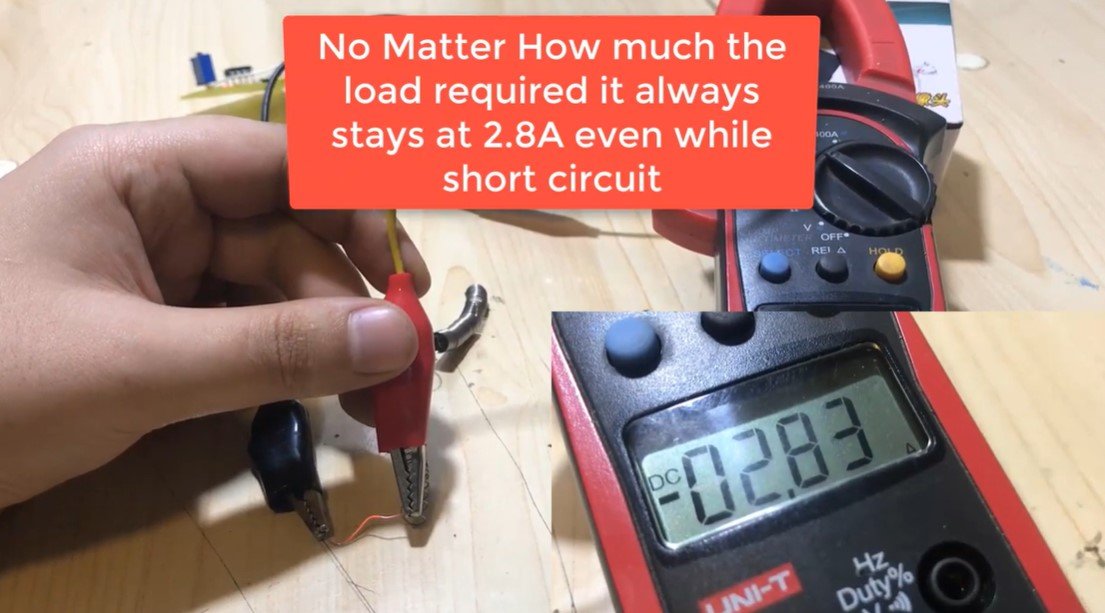
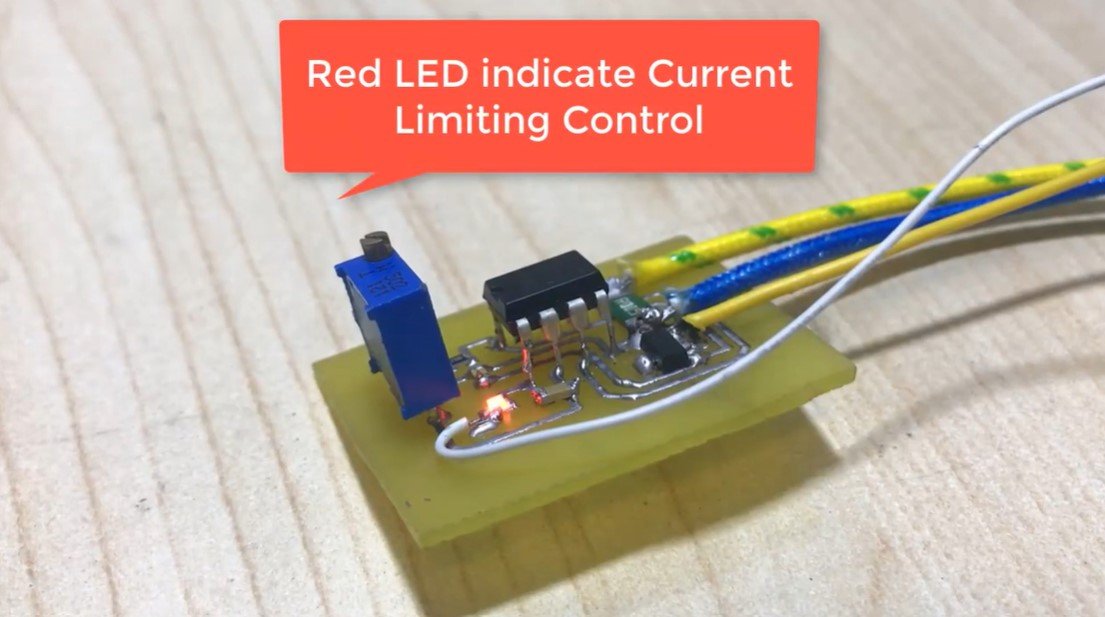

Features and Benefits
-
Overload Protection:
- The circuit prevents the XL4015 module from being damaged by excessive current due to overloaded loads or improper connections.
-
Short Circuit Protection:
- In the event of a short circuit, the op-amp immediately detects the excessive current and signals the XL4015 to shut down, avoiding catastrophic failure.
-
Adjustable Current Limit:
- A potentiometer allows users to set the maximum current limit according to their requirements, enhancing flexibility.
-
Simple and Cost-Effective:
- The circuit uses minimal additional components, including a shunt resistor, op-amp, voltage regulator, and a few passive elements, making it easy and affordable to implement.
-
LED Indicator:
- The LED provides a visual indication of overload or short circuit conditions, allowing users to identify issues quickly.
Key Components
- XL4015 Module: A DC-DC buck converter used for stepping down input voltage.
- Shunt Resistor: A high-wattage, low-resistance resistor for current sensing.
- Op-Amp: Configured as a comparator (e.g., LM358 or equivalent).
- Voltage Regulator: A 5V regulator to provide a stable reference voltage (e.g., 7805).
- Potentiometer: Used to adjust the reference voltage for setting the current limit.
- LED: Acts as both an indicator and part of the feedback loop.
- Diode: Ensures proper signal flow to the FB pin of the XL4015.
Applications
- Battery Chargers:
- Prevents overcharging by limiting the output current.
- Power Supplies:
- Protects sensitive components in circuits powered by the XL4015 module.
- Lab Equipment:
- Allows safe testing of devices by limiting current to safe levels.
- DIY Electronics Projects:
- Adds reliability and safety to custom-built circuits.
Summary
This project enhances the functionality and safety of the XL4015 module by integrating current control and short circuit protection. By using a shunt resistor, op-amp comparator, and adjustable reference voltage, the circuit ensures the module operates within safe limits, extending its lifespan and reliability. The adjustable current control feature further adds versatility, making it suitable for a wide range of applications.
Posted by Ali Aslan at Friday 10th of January 2025 10:55:36 AM
